Last year I wrote about the rise of AI generated images. But within 6 months the rise has been rapid. AI images are not just causing ripples in the digital art world. They are now starting to encroach on photographic images. They’ve even won photography competitions. But the tech behind it is now being sued.
The quality should now raise the concerns of photographers as much as it did with Digital artists back in 2022. Wanna nice shot of a coffee cup for your cafe ? No need to track down a Photog to take the shots or cough up for a stock shot. Just spend a few minutes on your PC and hey presto you get an image above
Not quite that simple but that is the fear.
Passing the Photo Turing test
Alan Turing described his eponymous AI Test in 1950. The original test involved a computer having a text conversation with a human. An observer would read the conversation and try to work out who was the computer and who was the human.
And what’s the closest I can think of in photographic term ? How about a competition jury failing to spot a AI generated photo like image to the point of it winning ?
And that’s happened at least twice.
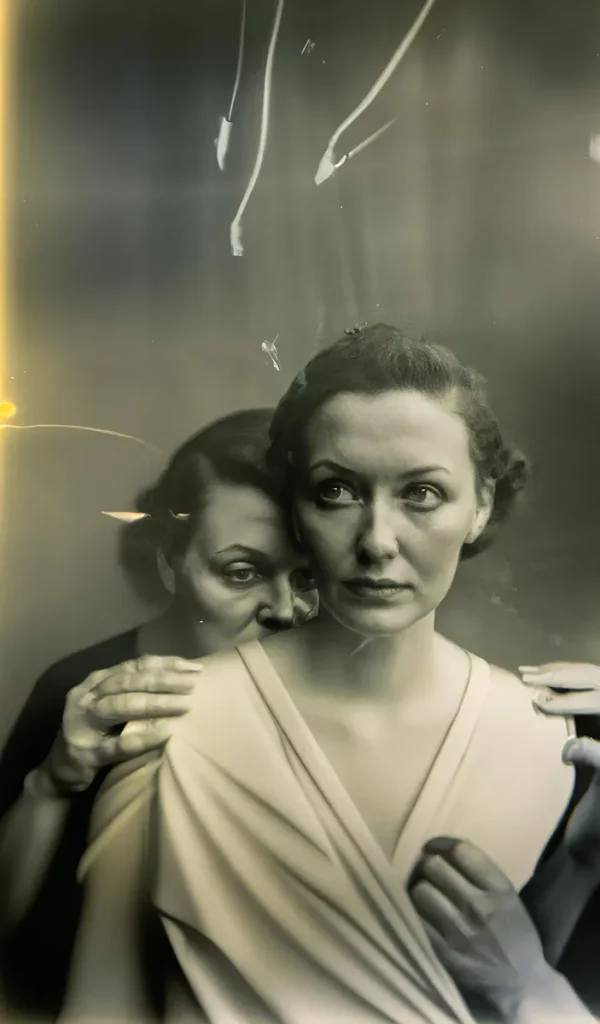
Mainstream media woke up to this just a few weeks ago with the Sony World Photography Awards (SWPA). Winning one of the Open categories was Boris Eldagsen’s image “The Electrician” shown above. It looks what appeared to be the retro tin type style with processing artefacts.
But it was no tin type.
It was never developed nor even taken. Nor do the subjects exist. It started life a set of prompts being fed into an AI art generator (it was subsequently refined and processed). But whilst Eldagsen’s efforts caught the mainstream media eye, he wasn’t first.
The image that Changed everything
The major breakthrough for AI images arguable came in February with a much smaller competition run by an Australian retailer. The winning shot made by Absolutely AI but under the very clever pseudonym Jane Van Eykes*. At first glance looked a well taken drone shot with some post tweaking of a couple of surfers heading out.
Except…
“We didn’t need to wake up at sunrise, drive to the beach and send the drone up to capture the image. We created this image from our couch in Sydney by entering text into a computer program.”
Jamie Sissons, Absolutely AI founder
in interview with Australian Photography
Prompt Proved
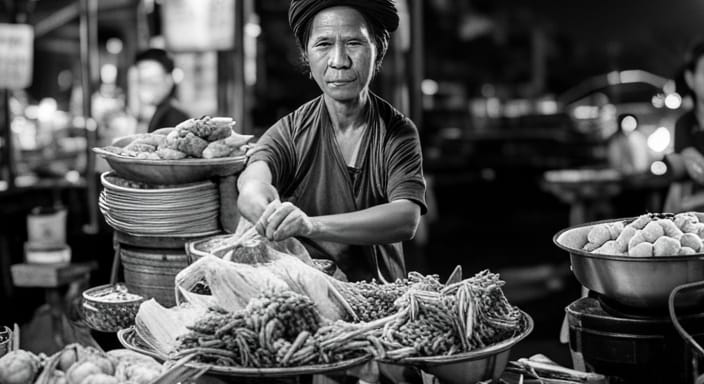
In both cases they did it to prove a point. They wanted to widen the discussion about the implications for AI technology and they both were very clear about.
And they had a point. They both proved that AI Photo like images were now at the point they could pass the photography turing test. They also wanted a wider discussion about AI images.
Rising instagram star Jos Avery perhaps got more of that discussion. He announced that most of his portrait work was AI generated. This provoked a backlash by some although also a lot of positive feedback. Much of the criticism for Avery (and the award winners) is prefixed or suffixed by “I’m a professional/Commercial photographer”. Which does make me think it speaks more about the poster’s anxieties than genuine critique.

Much of the criticism had echos in the past. So you will see there is no skill, it can never match a true photo, it can’t capture the essence/magic/soul.
And take these quotes
“it is nonetheless obvious that this industry, by invading the territories of art, has become art’s most mortal enemy, and that the confusion of their several functions prevents any of them from being properly fulfilled”
from Charles Baudelaire, The Mirror of Art
“From Today Painting is Dead”
Paul Delaroche.
But these are from the mid 1800’s about the arrival of Photography when much of the same criticism of AI was levelled at it.
What to call this – Promptography ?
Eldagsen, Absolutely.AI and Avery all make the point these are not photographic images although they look like them.
We could use cumbersome titles like AI generated photographic like art.
But Eldagsen has adopted another term – Promptography. He credits this to Peruvian Photog Christian Vinces. And it is a helpful to term to separate these from photographs.
Just how easy is this stuff to make
On one level very easy. With a click of mouse you can go to a website enter a prompt and get an image like this
This image above was literally created with the prompt “portrait of a young woman”. That was all – although I do think the site added prompts on the basis of what I had been creating
It is slightly flawed but still not bad for 5 words and a few seconds of clicking. And this was no dark corner of the web. The small water mark signifies this was created with Microsoft Bing’s new image creator (a version of Dall-E).
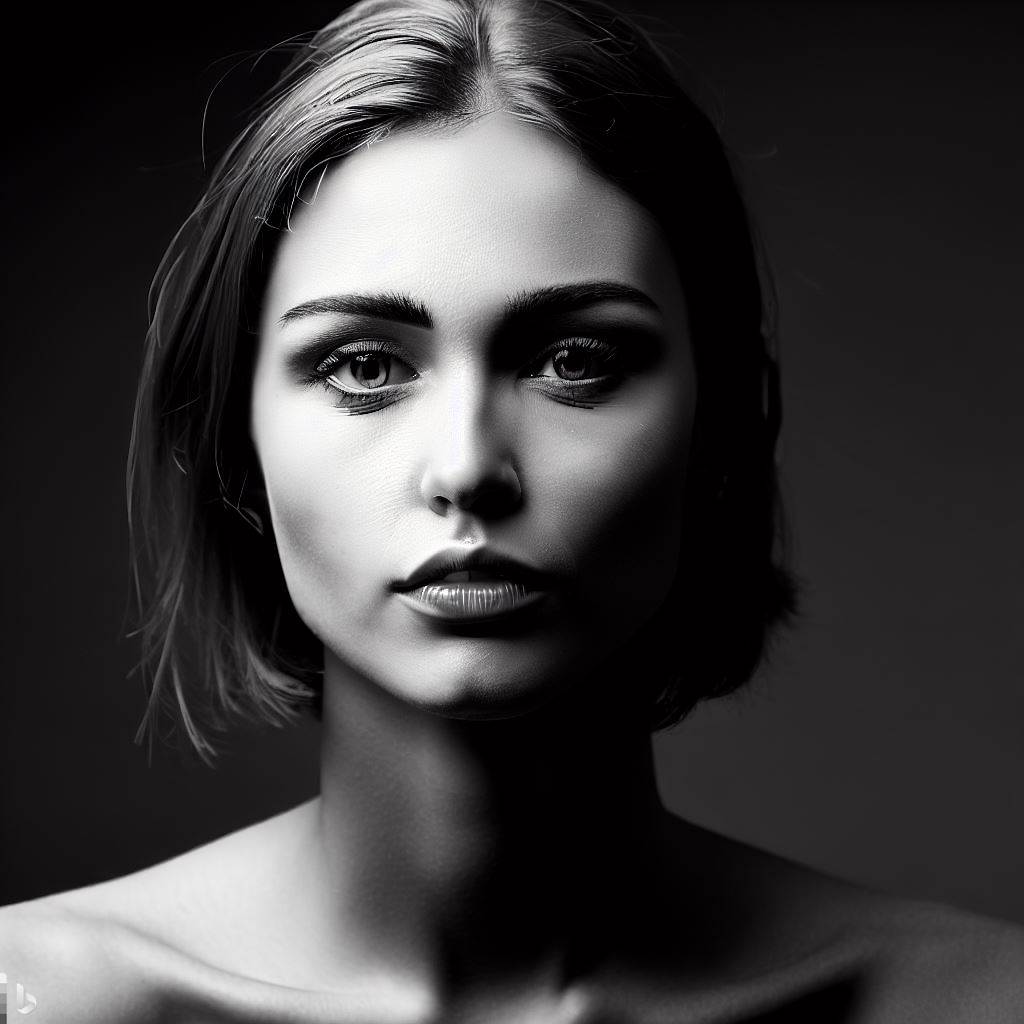
The image above beefed up that basic prompt and added things like Studio lighting, Photographic, dSLR and of course B&W. I entered it and got 4 useable images including that one.
There is some knowledge in selecting your modifying prompts and AI art forums are crammed with suggestions and prompt recipes. Some AI generator sites like Night Cafe give you so called preset modifiers which give a certain style. And this is where things have got quite frosty with the art world. You can add an Artist’s name as a prompt and as we’ll see that raised hackles.
Should I be worried as a Photographer ?
The answer is mixed as ever. Give it a relatively simple subject and the results can be stunning but not always. So if you are product photog who does shots of Espresso be aware. That looks good coffee and sure if you stare at it long enough I suspect you’ll find something wrong. But for a add in a window or website ?
However it can goof with the same prompt like this
It does struggle with more complex ideas. It can do artistic complex ideas well but it can struggle with photos. The ability to out paint does help a bit however.
However there are pluses.
Where AI works for Photogs
In the background for photo editing AI has been used for sometime by many big software names. The AI image creators can be used to tweak existing photos or even expand them. One technique is known as out painting where you can add to the existing frame
Take this image I got from running the microsoft Bing Dall-E engine
I took the image and ran it through Open AI’s Dall-E and out painted it. That allowed me to basically by adding extra areas (each time I had a choice of 4 and could re-run). The same software allows you to delete part of an image and then use AI to fill it back in. I lost the Bing Logo for example.
That said I suspect there will potential be an impact on the stock image market. Tech savy customers may just try to create a image themselves. You might think the stock image market would be flooded. But many Stock sites have banned AI art given legal concerns.
But how does AI make these images ?
Well this is the point that artists are getting upset about.
Just like an artist AI need to learn the ropes. And like an Art Student it will end up looking, critiquing and trying to copy existing works and styles to learn. But the difference is that it does this with millions to billions of images. And unlike an Artist who takes years to master the skills does it way more rapidly
It can also produce an output in seconds for little or no cost. The user of AI image generators does not need an artistic bone in their body, just some idea of what prompts work (or the ability)
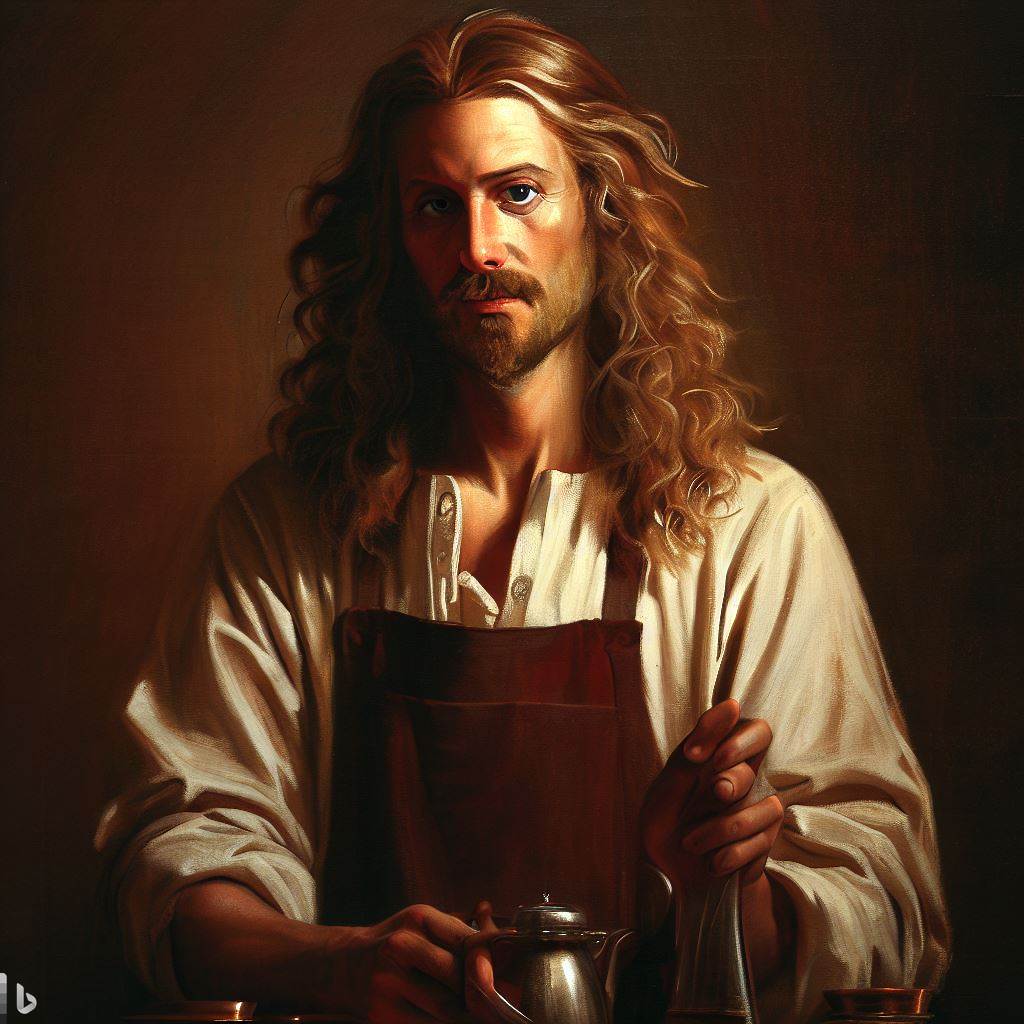
And then there’s the style issue
Style Du Jour
One concern is that AI can mimic others style. And there is certainly some truth to this. This is less obvious with photographs but some photogs names are being used.

One really interesting statistic is one artist name is used more than anyone else. In one study his name is a used as AI prompts in 1% of 10m million image created in Stable diffusion. But he is no grand master. For comparison he used more than 50 times more than any other artist including folk like Picasso or Da Vinci. He is a polish digital artist called Greg Rutkowski, who is well regarded for his fantasy art work. He gets picked due to his high classic style of fantasy work which seem really popular at the moment.
He’s not happy about this as this MIT Technology Review article discusses and he’s not alone. Many worry about the impact on their livelihood which led some artist to launch legal action.
AI Fought the law and the law… ?
Copyright/intellectual property(IP) law may not currently be ready for AI. There are concerns existing laws are outdated and unprepared as well as potentially being too restrictive on innovation. In addition the law often subtly varies.
And the law is being tested with three legal cases. These are being watched with interest by legal experts and commentators as well as the tech and arts community. Stock Image giant Getty images has triggered 2 cases (one in the US and the other in London, UK). In addition US artists Sarah Andersen, Kelly McKernan, and Karla Ortiz have launched a case in North California
But there are other issues beyond these cases.
(1) Does AI training breach copyright ?
The 3 court cases all raise this as a point. For brevity AI image generators need to be trained by essentially showing them millions to billions of images. It is the core of Getty Images argument in their 2 cases against Stable Diffusion. In fact it is clear they really don’t have issues with AI as long as their copyrights are protected
“Getty Images believes artificial intelligence has the potential to stimulate creative endeavors. Accordingly, Getty Images provided licenses to leading technology innovators for purposes related to training artificial intelligence systems in a manner that respects personal and intellectual property rights. Stability AI did not seek any such license from Getty Images and instead, we believe, chose to ignore viable licensing options and long‑standing legal protections in pursuit of their stand‑alone commercial interests.”
Excerpt from Getty Images Online press statement 17th Jan 2023
Getty allege 12 Million images they hold copyright for have been used. And you certainly can find Getty images in the database list. And on older version of the AI generators occasionally you would get an image like this. One with a watermark that looks suspiciously like Getty’s.
However there are likely to be some significant counter challenges
The first will be what constitutes use. Databases of images used to train AI don’t actually contain images. They merely link to publicly accessible images. The LAION5B dataset for example is used to train Stable Diffusion. It has almost 6 Billion image – text descriptor pairs.
TDM and the Fair Use defense
And things will get technical here. Links cannot be copyrighted. But does an AI accessing those links count as just viewing. Just as you or I can do perfectly legally. Or does the analysis count under text & data mining (TDM) rules. These have some legal restrictions and rights depending on Jurisdiction. I suspect that’s why Getty has taken action in both the US & UK
Interesting in the UK at least we could have had a clearer view on this. The UK government carried out review and then consultation on AI and intellectual property rights in 2022. The review did not consider image training per se. But it did consider text and data mining (TDM). With proposal to allow TDM for any purpose with some protections for rights holders. This has not yet been made law however and may not apply to image mining.
TDM without copyright permission relies on the fair use defence. In the UK we have its slight more rigid relative Fair dealing exemptions. Even if TDM is not applicable here these are likely to be used in defence.
Fair use/dealing allows for what it says on the tin. It lets critics quote text snippets in reviews & allows the use for private studies. Also for News outlets to display as part of news stories. Google has won the right to display image thumbnails when you do web search . It was also protected in it digitalisation of books for the online databasing in Authors Guild, Inc. v. Google, Inc.
There are various precedents the AI company can argue. But in the US those will need to meet the guiding principle of Fair use.
(2) Is copying a style illegal ?
In the view of the 3 artists and their legal team you betcha’
“These resulting derived images compete in the marketplace with the original images. Until now, when a purchaser seeks a new image “in the style” of a given artist, they must pay to commission or license an original image from that artist. Now, those purchasers can use the artist’s works contained in Stable Diffusion along with the artist’s name to generate new works in the artist’s style without compensating the artist at all. As used herein, the phrase “in the style of,” refers to a work that others would accept as a work created by that artist whose “style” was called upon, not the general category of work, such as fantasy or impressionism. Only a very small number of incredibly talented artists are capable of this same feat for a single other artist (i.e., reproducing art that is convincingly in that artist’s style), let alone for countless other artists. AI Image Products do so with ease by violating the rights of millions of artists”
Andersen v. Stability AI Ltd.
(3:23-cv-00201)(N.D. Cal. Jan 13, 2023),
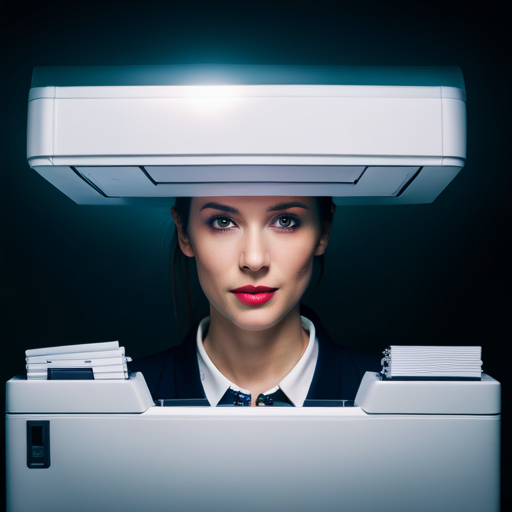
But is copying a style illegal. Hey that’s how students train. And who didn’t make a Mondrian in their High School art class (okay you folks born before 1970). And if you google “can i copy another artist style” you’ll be met by this
“In the eyes of the law, you can’t copyright a style..”
How to deal with an art copycat, paintingdemos.com
In fact most sites will give the same advice. Much of the legal cases resolve around where more direct infringement has occurred like plagiarism or transformative works where an image is copied or altered somehow. Even these decisions aren’t clear.
Major pop artist Jeff Koons has been sued often successfully in several jurisdictions for copyright violations for his works like his 1988 Fait d’Hiver. Although many regard those as transformative as he creates in a different material and with extra designs.
On the Flipside you have other artist like Richard Price. Infamous for his appropriation of other work including others Instagram photos. Yet largely has survived being sued using Transformative works defense under US Fair use.
But there is one case and it involves photos…….
Red Bus to Infringement
In 2012 a handbags at dawn case arrived in the English Patents County court. In essence Temple Island Collections Ltd make London tourist memorabilia (some might say Tat, but I couldn’t possibly comment). New England Teas Ltd sell ..erm Tea. Both used a marketing B&W image of Westminster bridge with Big Ben et al in the background. In both the bus is colour red like my pastiche above. The images are from different angles , but Justice Briss did rule there was copyright infringement
This cause shockwaves at the time for photogs in the UK as it raised a widening of what was copyright. The case has focus was on composition rather than style per se.
(3) Is AI Art itself subject to copyright ?
It depends is the short answer.
The first factor is jurisdiction. In the UK the situation is clear – they are.
“Computer-generated works (CGWs) are copyright works without a human author. They are currently protected in UK copyright law”
Artificial Intelligence and Intellectual Property: copyright and patents: Government response to consultation, UK Government June 2022
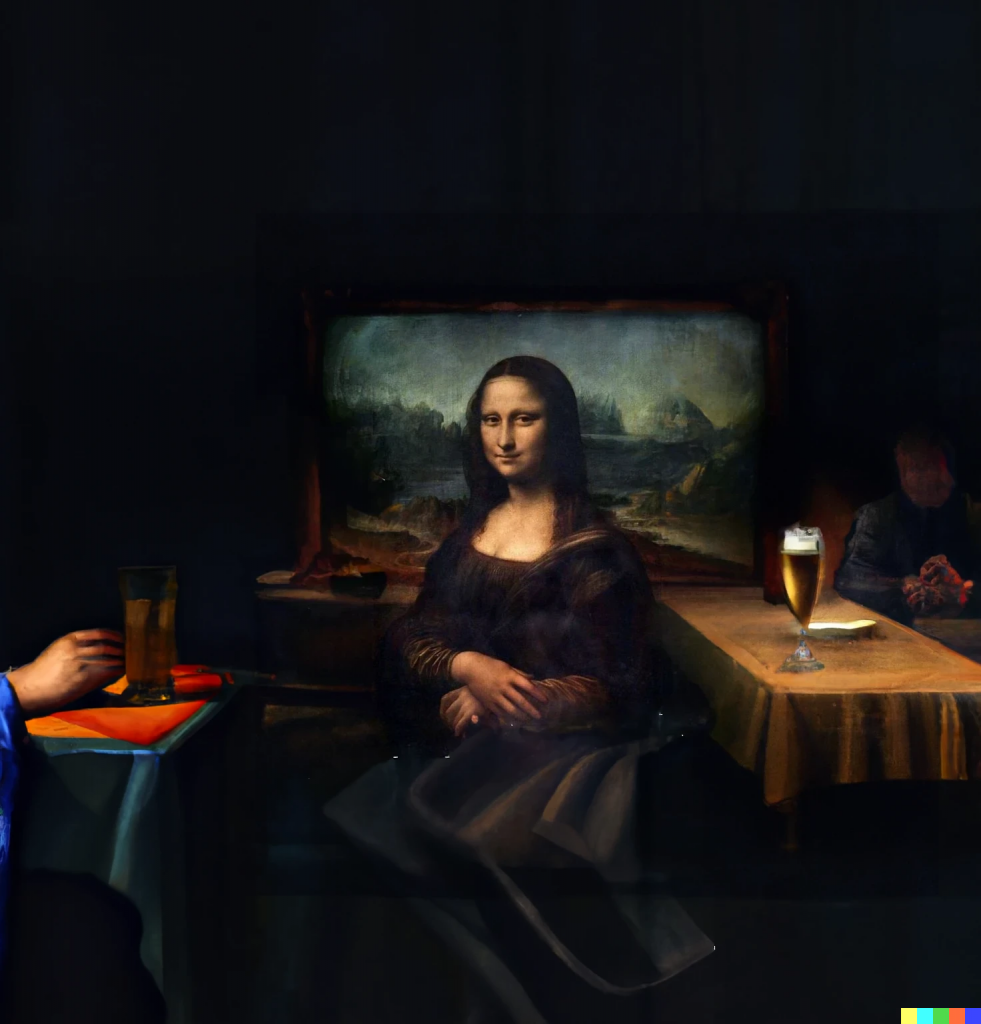
In the US and EU, Art generated purely AI would not be copyrightable. There has to be a element of human authorship. The US Copyright office (USCO) has just updated guidance and is clear that a prompt would not count.
“..these prompts function more like instructions to a commissioned artist—they identify what the prompter wishes to have depicted, but the machine determines how those instructions are implemented in its output”
Copyright Registration Guidance: Works Containing Material Generated by Artificial Intelligence, USCO March 2023
However if you alter the AI art enough you would be covered
“In other cases, however, a work containing AI-generated material will also contain sufficient human authorship to support a copyright claim. For example, a human may select or arrange AI-generated material in a sufficiently creative way that “the resulting work as a whole constitutes an original work of authorship.” Or an artist may modify material originally generated by AI technology to such a degree that the modifications meet the standard for copyright protection. In these cases, copyright will only protect the human-authored aspects of the work, which are “independent of ” and do “not affect” the copyright status of the AI-generated material itself”
USCO 2023
(4) It’s All fake News. Beam me up Scotty1
Never thought this blog would have need to mention the 45th U.S. president but throughout this year there have some viral photos of him being arrested, chased by the police etc.
But as you guessed it, they’re not real. Even Trump himself posted an AI generated image of himself on his own social media according to the BBC.
And this a concern for AI image and video creation. Some AI will block you from creating images of named individuals. That Warhol style silkscreen would not be possible on Dall-E2 for example. And not because it mentions Warhol.
Of course you can bypass these blocks if run AI on your own PC. But equally you could run Photoshop, deep fake software and a myriad of tools that let you manipulate images
And don’t assume doctoring images is just a digital era thing. Within Years of Niépce taking the first photo, images were already being doctored. And there are loads of examples from Lincoln’s Portrait to Airbrushing out Stalin’s Rivals to North Korean missile tests
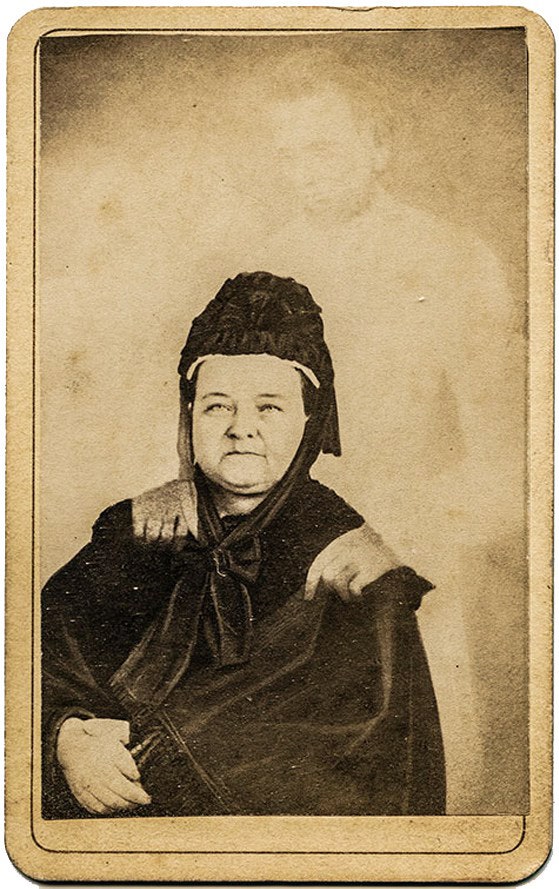
William H Mumler ~ 1872, Public domain (U.S.), via Wikimedia Commons
The future is here like it or not
Irrespective of these cases AI image generation is here to stay. Getty Images are not only taking legal action but going into the AI gen game themselves with NVIDIA.
What will be of interest is how regulated AI images will be will be.
And these cases will help define or spur on those rules. I don’t think AI will be the death of photography but it will make thing interesting and potentially challenging. It will also be a tool we can exploit to improve our images.
The Genie is not only out of the bottle, he’s left the building. In a couple of years he could be top of the stock image market place.
Footnotes
My thank to Boris Eldagsen and Absolutely Ai for letting use their winning images
All images bar 2 (photoshopped trek and the spirit photograph) were generated using AI. Da Vinci’s Mona Lisa was used for a start point in one image.
* The name was very clever play on Jan Van Eyck. Van Eyck was one of the most significant early renaissance painters. In 1432 working with his brother Hubert he completed the The Ghent Altarpiece, (aka the Adoration of the Mystic Lamb). Widely regarded as one of the world greatest art works. This also has the distinction of being known as the world most stolen artwork. Nicked 13 times including by revolutionary France and the Nazis. Hence Absolutely AI’s title for their image.
1 – Captain Jame T Kirk never said that line on any of the TV or film

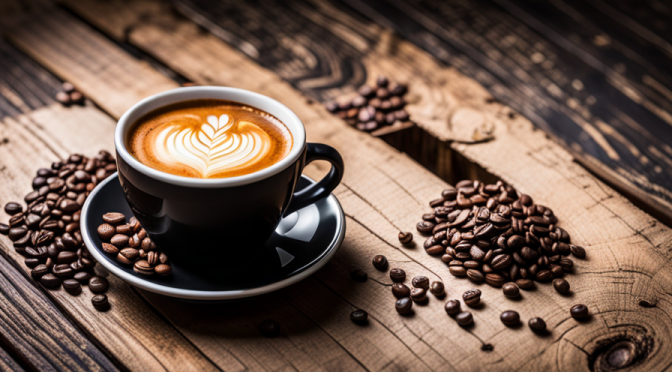



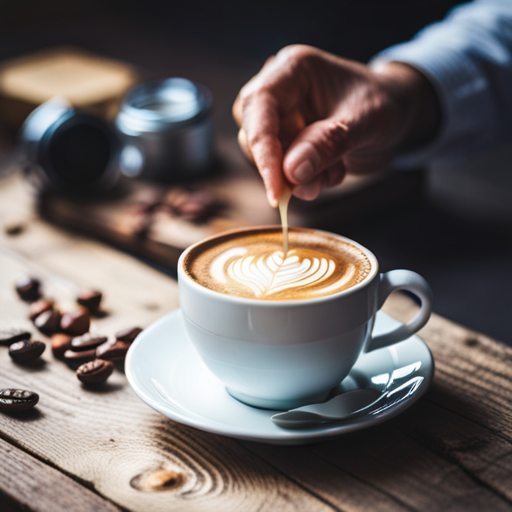



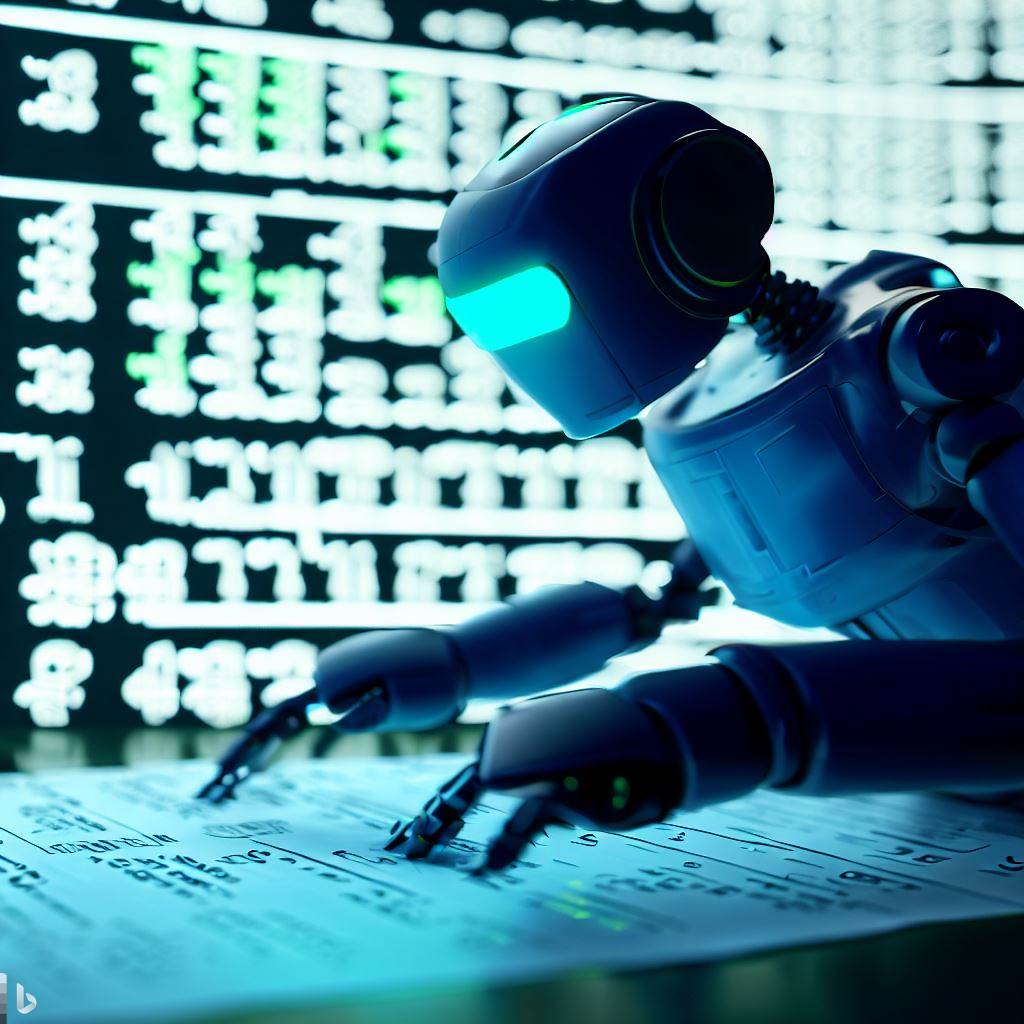
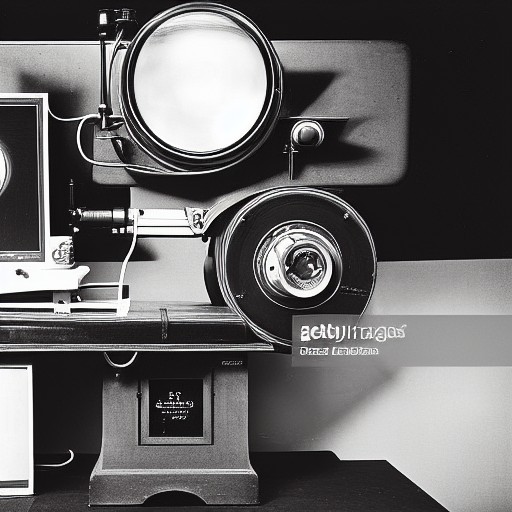
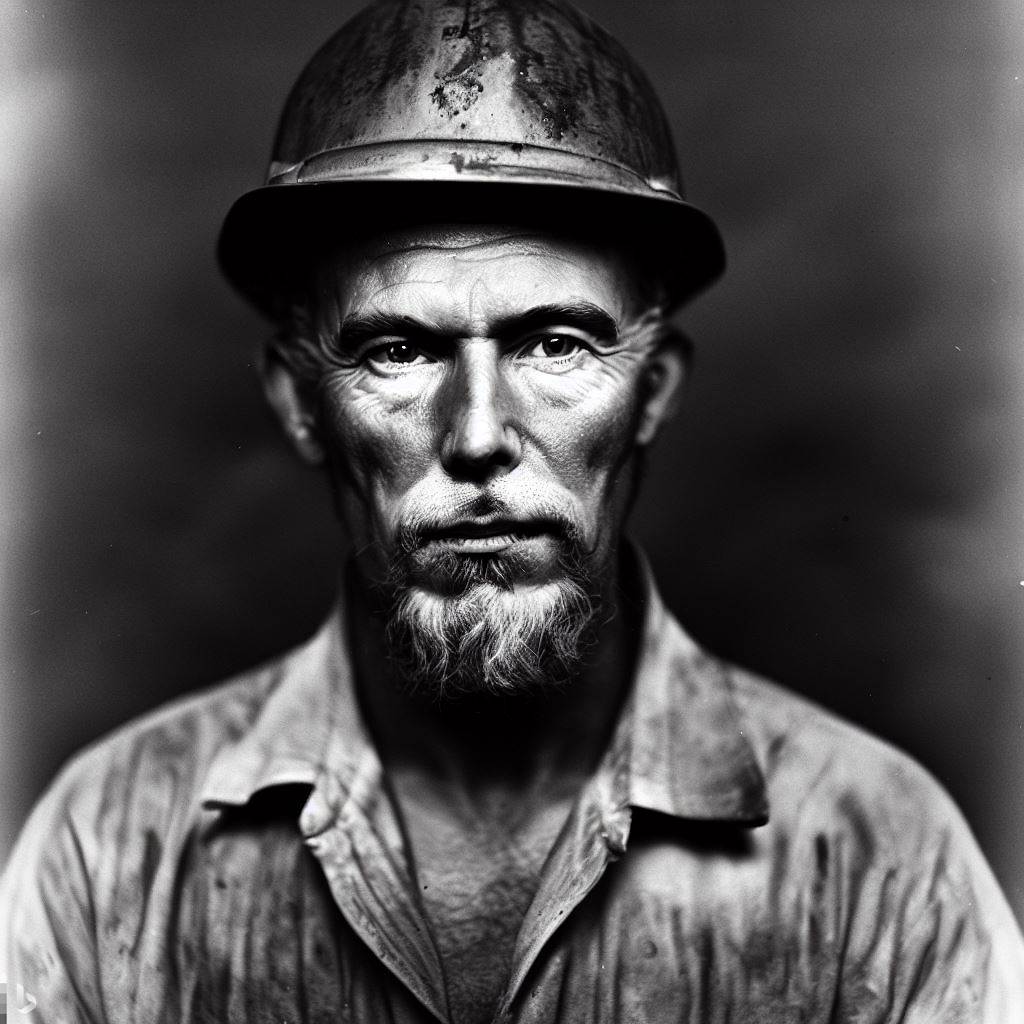
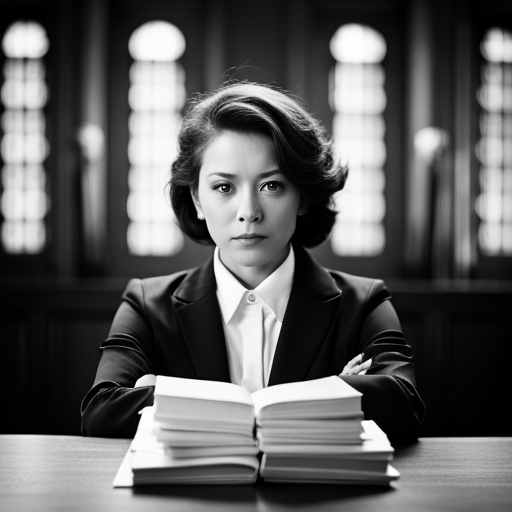
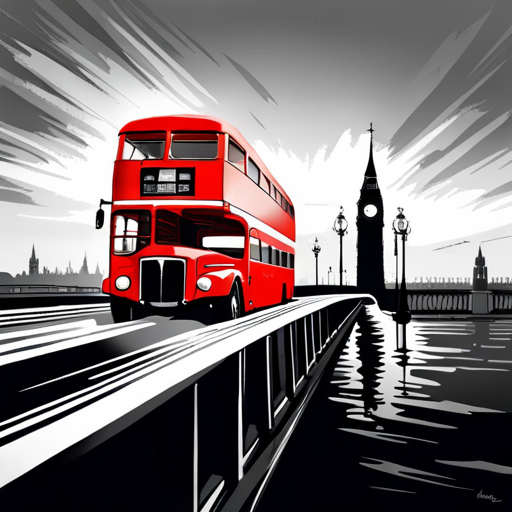
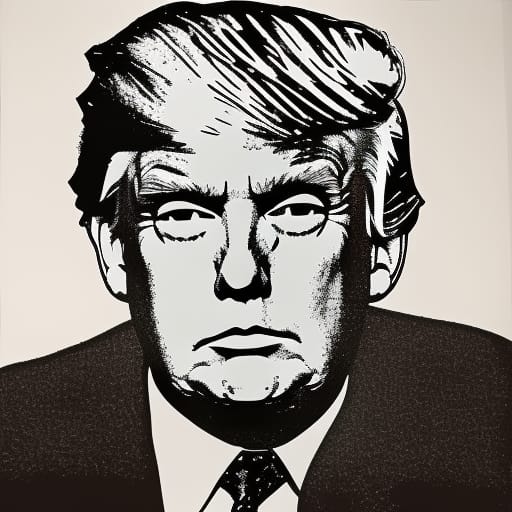
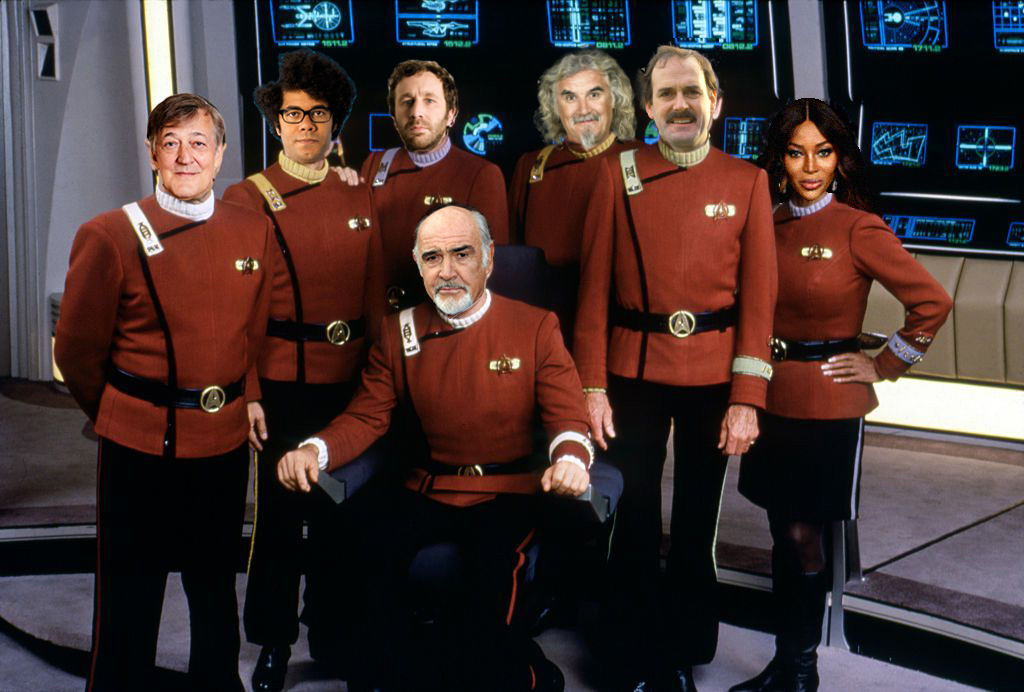
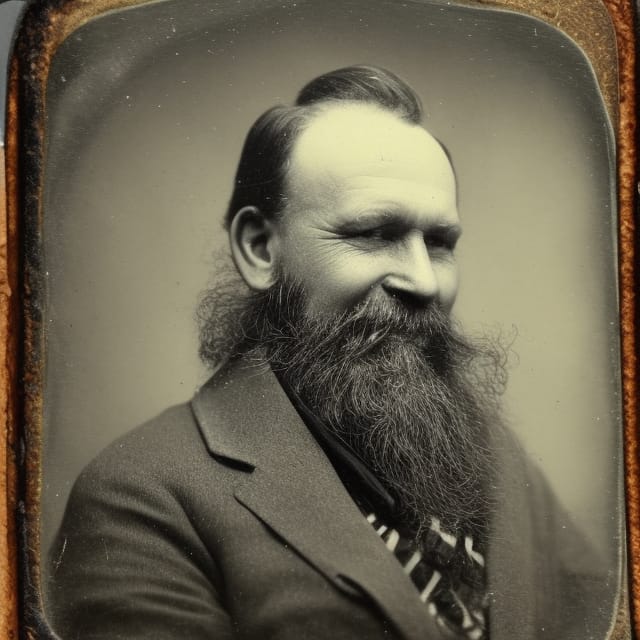
Another new technology, another round of ‘end of the world’ comments.
Compared to the introduction printing of the written word AI is way down there.
We have been here before.
The world did not to an end after the printing press, radio, tv, internet etc…